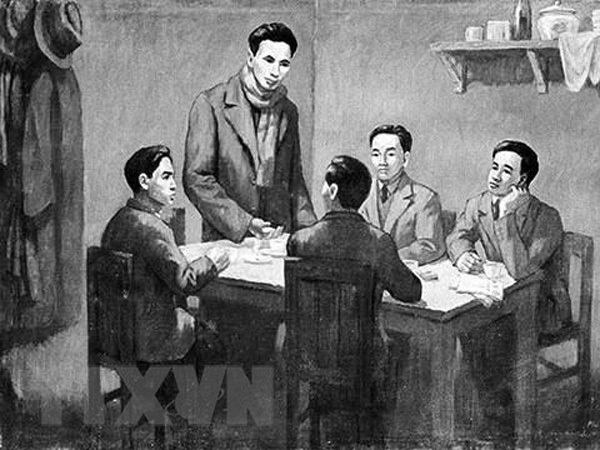 |
Nguyen Ai Quoc (pseudonym of President Ho Chi Minh) chairs a conference to unite communist organisations into a single party organisation, the Vietnamese Communist Party, Hong Kong (China), January 6 - February 7, 1930. ( Photo: Archives/VNA)
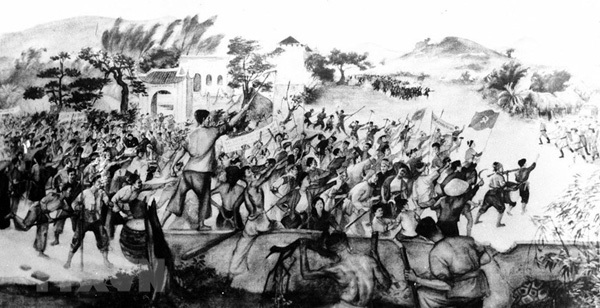 |
The Nghe-Tinh Soviet Movement in 1930-1931 under the leadership of the Communist Party of Vietnam marks the fact that our Party clearly showed its role, bravery, prestige, fighting strength, and great ability in leading, unifying, and mobilizing the people for the first time although the revolutionary Party was very young. It is considered a large-scale drill for the August Revolution in 1945. (Photo: Archives/VNA)
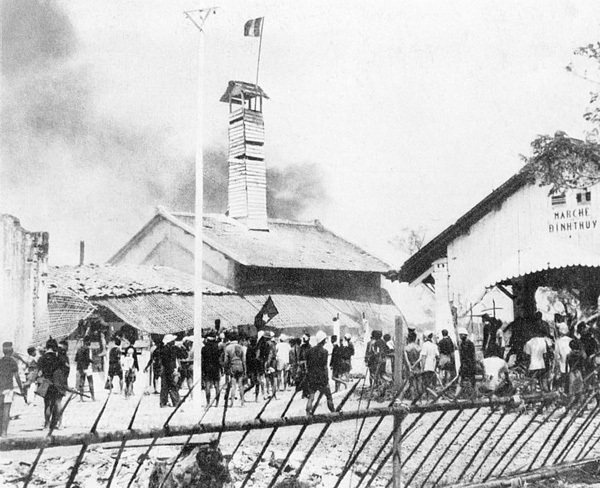 |
Southern Resistance Campaign is launched in southern provinces, November 23, 1940. It is considered the second drill for the August Revolution in 1945 (Photo: Archives/ VNA)
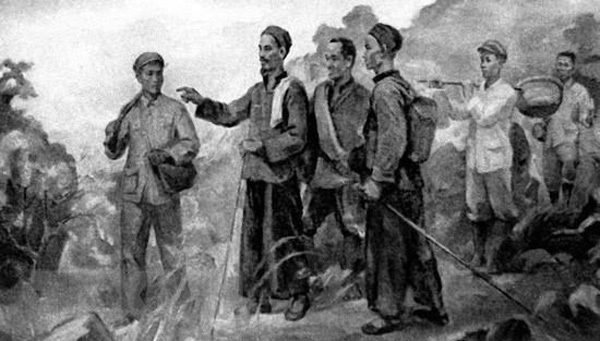 |
On January 28, 1941 President Ho Chi Minh returns to the country from China to lead Vietnam’s revolution, which eventually liberates the nation (Photo: VNA Archives)
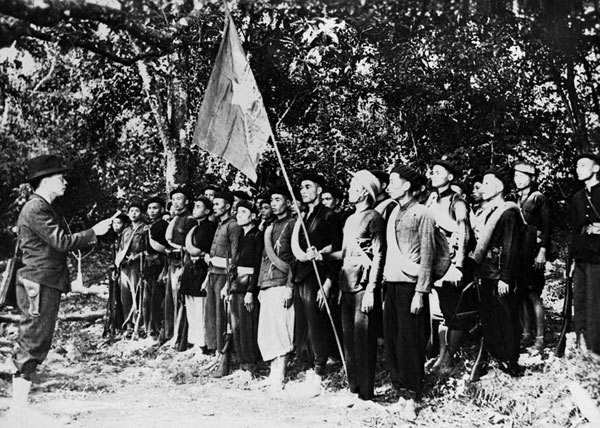 |
On December 22, 1944, the Vietnam Propaganda Unit of Liberation Army, the forerunner of the Vietnam People’s Army, was established in Tran Hung Dao forest, Nguyen Binh, Cao Bang province, led by comrade Vo Nguyen Giap. The force plays a pivotal role, deciding the success of the August Revolution. (Photo: VNA )
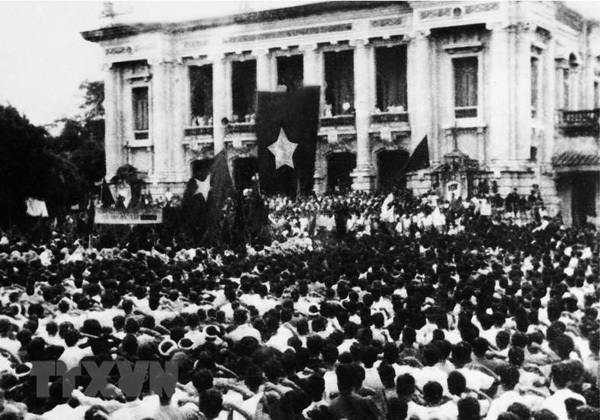 |
On August 19, 1945, Hanoi citywide is filled with national flags. Tens of thousands of people in Hanoi and neighboring provinces gather at the Hanoi Opera House square to attend the unprecedented grand rally of the revolutionary masses, responding to the general uprising to take power. (Photo:VNA)
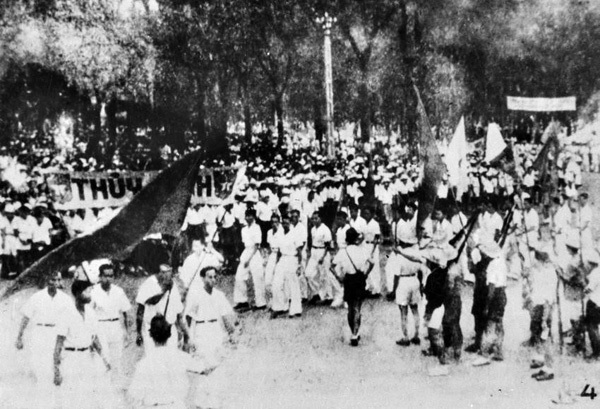 |
People in Saigon (Ho Chi Minh City now) revolt to seize power on August 25, 1945. (Photo: VNA)
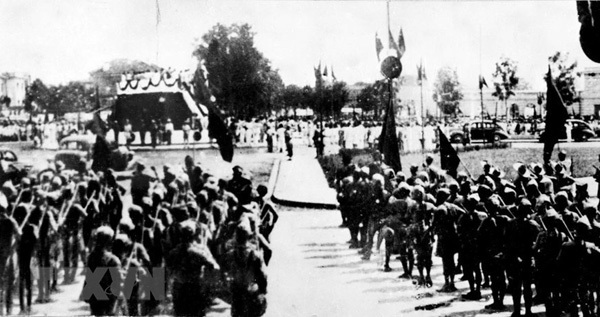 |
Crowds of people gather at Ba Dinh square to listen to President Ho Chi Minh reading the Declaration of Independence on September 2, 1945 (Photo: VNA)
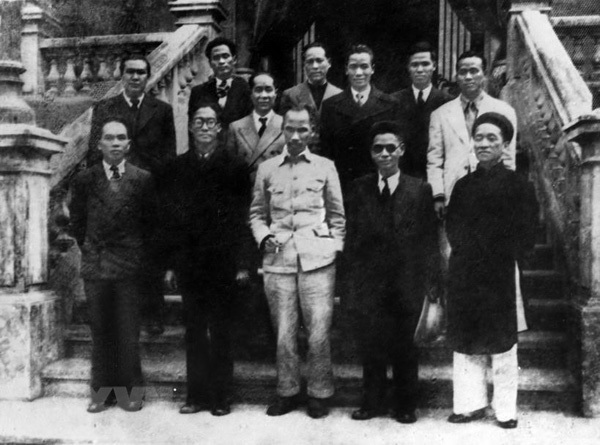 |
The Provisional Government holds its first meeting presided over by President Ho Chi Minh on September 3, 1945 to discuss and set forth urgent tasks, determined to fight the enemies of hunger and illiteracy and urgently prepare for the universal general election as soon as possible and drafting a constitution for the newly-established Democratic Republic of Vietnam. In the photo: President Ho Chi Minh and members of the Provisional Government Council of the Democratic Republic of Vietnam present after the first session on the morning of September 3, 1945. (Photo: VNA)
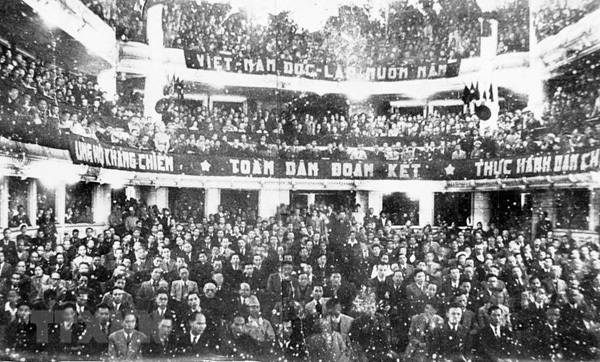 |
On January 6, 1946, Vietnamese citizens aged from 18 across the country vote for the National Assembly deputies for the first time, marking the birth of the National Assembly of the Democratic Republic of Vietnam. In the photo: A view of the opening session of the first session of the first National Assembly (March 2, 1946). (Photo: VNA)
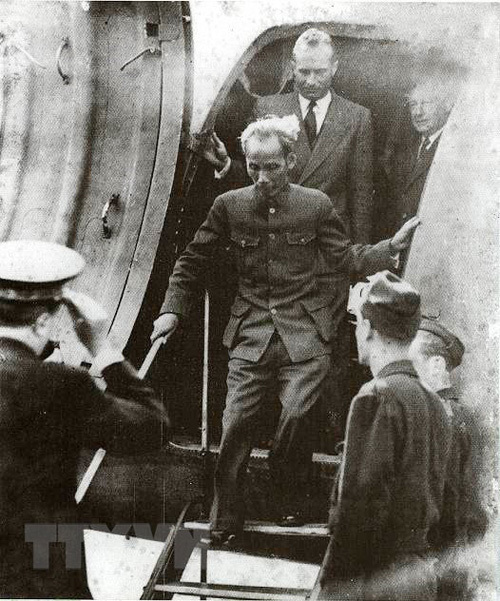 |
The visit to France lasting more than four months (May 31 to October 20, 1946) of President Ho Chi Minh as head of state of the Democratic Republic of Vietnam is one of many important external affair activities of the Vietnamese governments in 1945-1946 to maintain peace amidst the French colonialists’ determination to invade Vietnam again (Photo: Document / broadcasted by VNA)
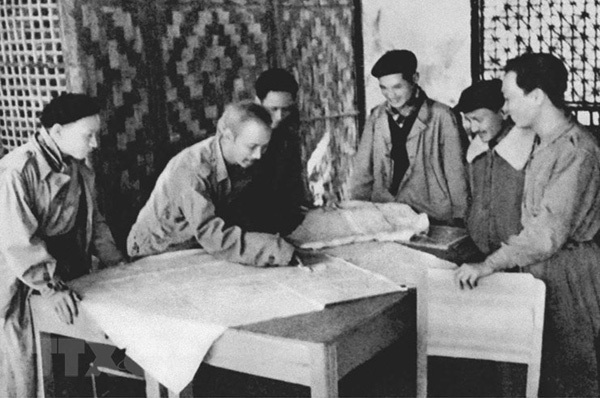 |
President Ho Chi Minh meets with the Party Central Standing Committee to decide to open the Border Campaign (September 16-17, 1950). This is the first campaign in which the Viet Minh troops actively attack the French, making a massive change on the battlefield. This campaign is of great significance, considered as the turning point of the war. (Photo: Document/ VNA Archives)
 |
VNP/VNA
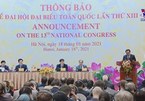
Vietnam ready for 13th Party Congress
Vietnam has made an impression on the international community as a safe country with great economic potential, and its success in controlling the COVID-19 pandemic and maintaining economic growth has been miraculous, a Japanese expert has said.
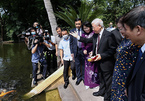
The people and the ruling party's measure of value
"In all works of the Party and State, the people are always defined as the root," Party Chief and President Nguyen Phu Trong wrote in his article about the work that needs to be done for the 13th National Party Congress.